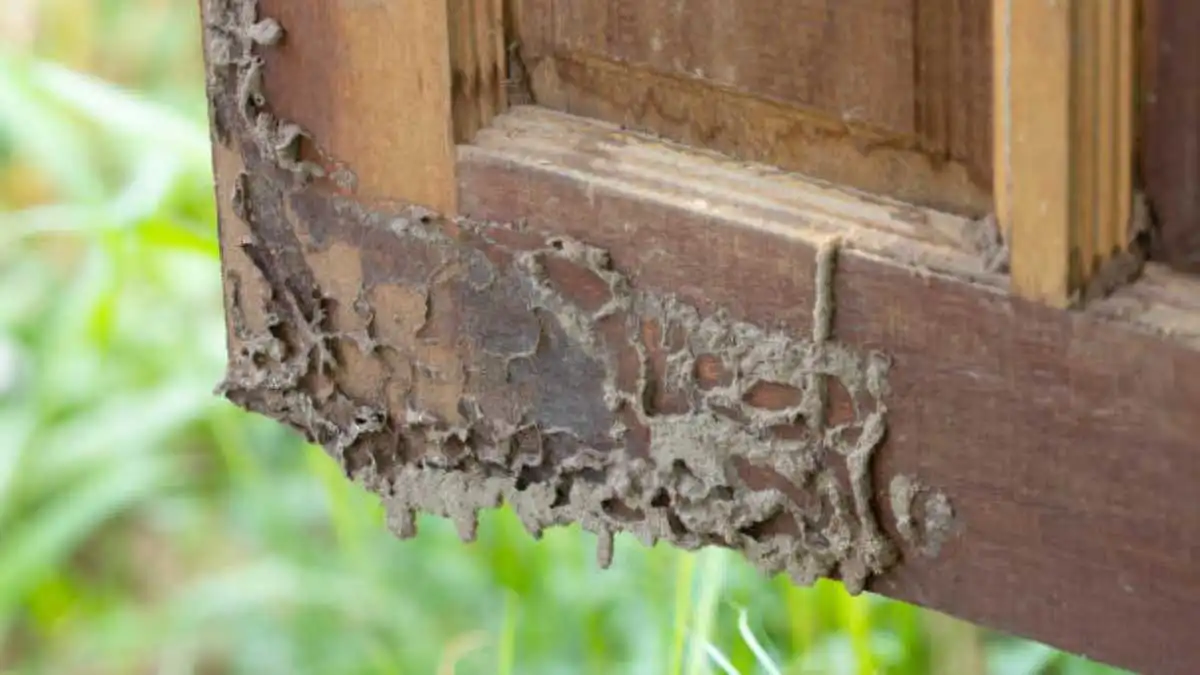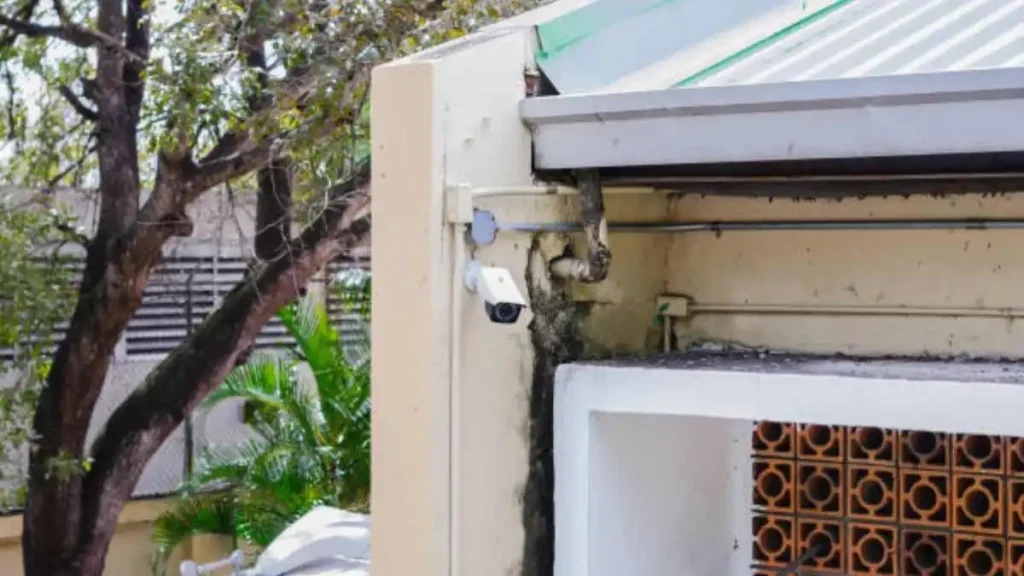GENERAL
How Termite Control Saves Homeowners Thousands in Repairs

Termites are one of the most destructive pests homeowners face, causing billions of dollars in damage each year. Unlike other pests that may be more of a nuisance, termites can silently destroy the wooden structures of your home over time, leading to costly repairs if not addressed promptly. Effective termite control is essential in protecting your home’s foundation, walls, and furniture from these invasive insects. By understanding how termites operate, recognizing the signs of infestation, and implementing preventive measures, homeowners can save themselves from substantial repair costs.
In this article, we will explore the importance of termite control, the potential damage termites can cause, and the steps you can take to protect your property from these destructive pests.
Table of Contents
1. Understanding How Termites Operate
Termites are social insects that live in large colonies and feed on cellulose, which is found in wood and other plant materials. They play an important role in nature by breaking down dead trees and plant matter, but when they invade homes, they can cause significant structural damage. There are several types of termites, but the most common ones homeowners encounter are subterranean termites, which build colonies in the soil and create tunnels to access above-ground wooden structures.
Key Characteristics of Termites:
- Colony Structure: Termites live in large colonies with a clear social structure, including workers, soldiers, and reproductive members. The workers are responsible for feeding the colony by tunneling into wood and bringing back cellulose.
- Constant Feeding: Unlike many pests, termites feed continuously. Once they have access to your home, they can eat through wooden structures 24 hours a day, seven days a week.
- Hidden Activity: Termites often remain hidden, burrowing inside walls, floors, and ceilings. This makes them difficult to detect until significant damage has already occurred, which is why regular termite control is essential.
Because termites often go unnoticed, early detection and proactive termite control measures are necessary to avoid costly repairs.
2. The Devastating Damage Termites Can Cause
Termites are often referred to as “silent destroyers” because they can cause extensive damage without showing any visible signs on the surface. By the time homeowners realize they have a termite problem, the damage is usually extensive and expensive to repair. Understanding the potential harm termites can do to your property emphasizes the importance of early termite control.
Types of Damage Caused by Termites:
- Structural Damage: Termites feed on the wood that supports the structure of your home, including beams, joists, and studs. Over time, this can weaken the foundation and lead to significant structural issues, such as sagging floors, collapsed ceilings, or compromised walls.
- Damage to Furniture: Termites don’t just stop at structural wood—they can also infest wooden furniture, bookshelves, and cabinetry. They can hollow out these items from the inside, leaving them fragile and unusable.
- Electrical Wiring Damage: In some cases, termites have been known to chew through electrical wiring within the walls, increasing the risk of electrical fires or costly repairs to the home’s electrical systems.
- Decreased Property Value: If termites are found in your home during a property inspection, it can lead to lower property value and difficulty selling the home. Buyers may be hesitant to purchase a home with a known termite infestation, especially if the damage is extensive.
Homeowners who neglect regular termite control risk facing repair bills that can easily reach thousands of dollars, as termite damage is rarely covered by insurance.
3. Recognizing the Signs of Termite Infestations
Because termites are difficult to detect, it’s essential to know the warning signs of an infestation. Early detection can prevent significant damage and save homeowners from expensive repairs. If you notice any of the following signs, it’s time to take immediate action and consult a termite control professional.
Common Signs of Termite Infestation:
- Mud Tubes: Subterranean termites build mud tubes along the exterior walls or foundation of a home. These tunnels provide them with a safe route from their underground nests to the wood they’re feeding on. If you see these mud tubes, it’s a clear indication that termites are active.
- Hollow-Sounding Wood: Tapping on wooden structures in your home, such as door frames or beams, may reveal a hollow sound if termites have eaten through the wood. This is often one of the first indicators of termite activity inside the walls.
- Discarded Wings: Reproductive termites, also known as swarmers, leave behind discarded wings after their mating flights. Finding piles of these wings around windowsills or doors can be a sign that termites are looking to establish a new colony nearby.
- Frass (Termite Droppings): Drywood termites, in particular, leave behind small piles of droppings called frass. These look like small pellets and can accumulate near infested wood or on the floor.
By staying vigilant and recognizing these signs early, homeowners can call in termite control experts before the damage becomes too severe.

4. Preventive Measures to Avoid Termite Infestations
Prevention is the most effective strategy for avoiding termite damage. Homeowners should take proactive steps to make their properties less attractive to termites. Regular inspections, moisture control, and eliminating wood-to-soil contact are key ways to reduce the risk of infestation.
How to Prevent Termite Infestations:
- Reduce Moisture: Termites thrive in moist environments. Ensure that water doesn’t pool around your home’s foundation by installing proper drainage systems, fixing leaks, and using dehumidifiers in areas prone to excess moisture, such as basements and crawl spaces.
- Seal Cracks and Gaps: Termites can enter homes through small cracks in the foundation or gaps around windows and doors. Sealing these entry points can help prevent termites from accessing the wood inside your home.
- Keep Wood Away from Soil: Ensure that there’s no direct contact between wooden structures and the soil. This includes avoiding storing firewood or lumber directly against the exterior of your home, as these can serve as easy entry points for termites.
- Regular Inspections: Annual termite inspections by a professional are an essential part of termite control. Trained professionals can identify potential issues before they escalate, and they can recommend treatment options to protect your home from future infestations.
- Eliminate Food Sources: Termites feed on cellulose found in wood, so removing potential food sources is critical. This includes cleaning up debris in the yard, trimming tree branches, and keeping gutters clean to prevent rotting wood from attracting termites.
Preventive termite control measures not only save homeowners from expensive repairs but also provide peace of mind knowing that their property is protected.
5. The Benefits of Professional Termite Control
While there are steps homeowners can take to prevent termites, professional termite control services offer the most comprehensive protection. Termite extermination requires specialized knowledge and equipment to effectively eradicate the colony and prevent future infestations. By partnering with a professional pest control company, homeowners can ensure that their home is safe from termite damage year-round.
Advantages of Professional Termite Control:
- Thorough Inspections: Termite control professionals are trained to identify the early signs of termite activity that homeowners may miss. Their expertise ensures that even hidden infestations are detected before they can cause significant damage.
- Customized Treatment Plans: Every home is different, and termite control experts can tailor treatment plans to suit the specific needs of your property. Whether it’s a preventive treatment or a targeted extermination, professionals can choose the best method for keeping your home termite-free.
- Long-Term Protection: Professional termite control services often include long-term monitoring and maintenance plans to ensure that termites don’t return. This ongoing protection provides homeowners with peace of mind, knowing that their investment is safeguarded.
By relying on professional services like those offered by CURA Termite & Pest Control, homeowners can rest easy knowing that their home is protected from the devastating impact of termites.
Conclusion
Termites pose a serious threat to homeowners, capable of causing significant structural damage that can be costly to repair. Early detection and prevention through regular termite control are essential in safeguarding your home and avoiding hefty repair bills. By understanding the signs of termite infestations, implementing preventive measures, and partnering with a professional pest control service like CURA Termite & Pest Control, homeowners can protect their property from these destructive pests and ensure long-term safety and stability.
-

 GENERAL2 months ago
GENERAL2 months agoUncovering the World of кинокрадко: The Dark Side of Film Piracy
-

 GENERAL1 month ago
GENERAL1 month agoUnveiling the Art of преводсч: How Translators Bridge Language Barriers
-

 YOGA1 year ago
YOGA1 year ago4 Person Yoga Poses for Beginners
-

 GENERAL2 months ago
GENERAL2 months agoThe Journey of iamnobody89757: From Anonymous User to Internet Sensation


























